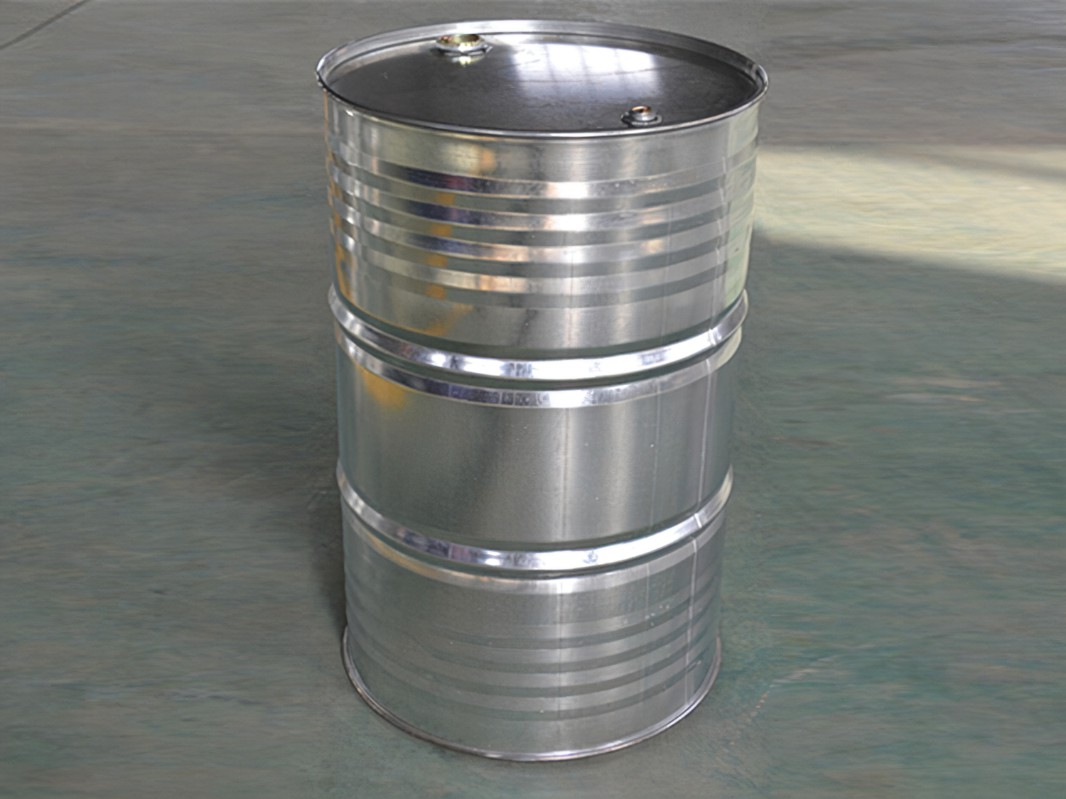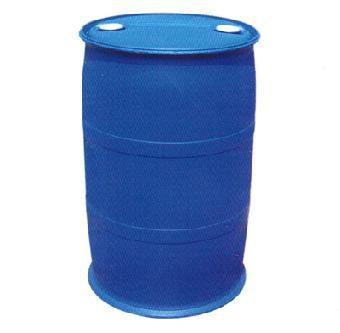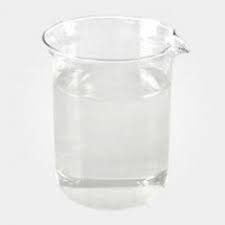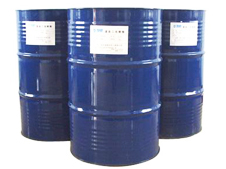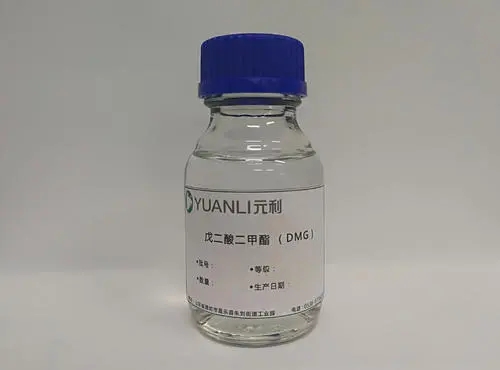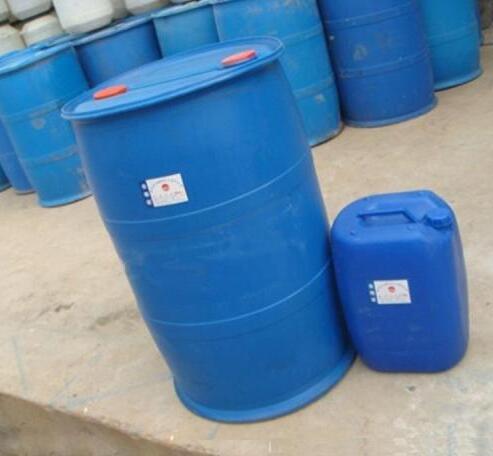CAS:108-99-6
Molecular Formula:C6H7N
Alias
More Information
5-Methylpyridine; Betap; B-Picoline; M-Picoline; 3-Methylpyidine; β-Picoline; Pyridine, 3-Methyl-; 3-Methyl-Pyridine; 3-Methyl-Pyridin; Beta-Methylpyridine; Meta-Methylpyridine; M-Methylpyridine; Pyridine,3-Methyl-; Beta-Picoline; beta Picoline
Brief Introduction
3-Methylpyridine is an important chemical raw material, which is widely used in medicine, pesticide, feed, dye, perfume, rubber, resin, photosensitive material and liquid crystal. 3-methylpyridine is also a kind of organic synthesis intermediate and solvent. It is used as the intermediate of imidacloprid and Acetamiprid in the synthesis of next step intermediate 3-methylpyridine-n-oxide. It can also be used as pharmaceutical intermediate, dye intermediate, resin intermediate and so on. It is used in the manufacture of vitamin B6, nicotinic acid and nicotinamide, nicolamine and cardiotonic agent. At the same time, it can also be used as solvent, alcohol denaturant, dye intermediate, resin intermediate, rubber vulcanization accelerator, waterproof agent raw materials, and film sensitizer additives.
Suppliers
View More Vendors (2) >
CAS:109-64-8
Molecular Formula:C3H6Br2
Alias
More Information
1,3-Dibrompropane; 1,3-Dibromo-Propan; 1,3-Di-Bromopropane; Ch2Brch2Ch2Br; 1,3Dibromopropane; 1,3-Propanedibromide; Trimethylene Dibromide; 1,3-Dibrompropan; 1,3-Dibromopropane (100 Ml ); Dibromopropane; 1,3-Dibromopropnae; Trimethylene Bromide; 1,3-Dibromoproane; Propane, 1,3-Dibromo-; 1,3-Dibromo Propane; 1,3-Dibromopropane For Synthesis; 1,3-Dibromopropan; ,’-Dibromopropane; ,-Dibromopropane; 1,3-Propylenebromide; Dibromo-1,3 Propane; Omega,Omega’-Dibromopropane
Brief Introduction
1,3-Dibromopropane is a halogenated hydrocarbon. When at room temperature, it is a colorless to light-brown liquid. Synthetically, it is very useful to form C3-bridged compounds such as through C-N coupling reactions.
1,3-Dibromopropane was used in the first cyclopropane synthesis in 1881, known as the Freund reaction.
Suppliers
View More Vendors (2) >
CAS:1119-40-0
Molecular Formula:C7H12O4
Alias
More Information
Pentanedioic Acid, Dimethyl Ester; Dbe-5 Dibasic Ester; Dimethyl Glutarate; Dimethyl Pentanedioate; DMG
Brief Introduction
Dimethyl glutarate is widely used in automotive coatings, color steel plate coatings, can coatings, enamelled wires and household appliance coatings. At the same time, it is also an important intermediate of fine chemicals. It is used to prepare polyester resin, adhesive, synthetic fiber, membrane materials, etc.
Suppliers
View More Vendors (2) >
CAS:112-07-2
Molecular Formula:C8H16O3
Alias
More Information
Ethylene Glylol Butylether Acetate; Acetic Acid 2-Butoxyethyl Ester; 1-Acetoxy-2-Butoxyethane; BGA; 2-N-Butoxyethyl Acetate; Ethyleneglycol Monobutyl Ester Acetate; Ethylene Glycol Butyl Ether Acetate; BAC
Brief Introduction
Ethylene glycol butyl ether acetate is a high boiling point, multi-functional, two component alcohol ether ester solvent. It can be used as a coalescent agent for latex paint. It has excellent solubility for many lacquer and makes it widely used in multicolor coatings and emulsion coatings. Diethylene glycol butyl ether acetate has a very high boiling point. The main chemical book is used as a high boiling solvent for high-temperature porcelain and printing ink, and also as a coalescing aid for latex paint; Because the solvent volatilizes slowly and has low solubility in water, it can be used as a solvent for screen printing ink and polystyrene pigment printing glaze; It can also be used as an azeotrope for the separation of alcohol and ketone. It can be used as ink oil and glaze oil for baking, especially suitable for
It is used in screen ink, car paint, TV paint, refrigerator paint, aircraft paint and other high-grade paints.
Suppliers
View More Vendors (2) >
CAS:112-53-8
Molecular Formula:C12H26O
Alias
More Information
Dodecyl Alcohol; Lauryl Alcohol; Alcohol C12,Dodecyl Alcohol,Lauryl Alcohol; 1-Dodecanol; Dodecanol
Brief Introduction
It is used to manufacture high-efficiency detergents, surfactants, foaming agents, hair creamers, milk selectors, textile oils, fungicides, cosmetics, plasticizers, plant growth regulators, lubricating oil additives and other special chemicals. It is widely used in light industry, chemical industry, metallurgy, medicine and other industrial products. Twelve alcohol has the fragrance of moonlight and violet. It can be used in rose, violet and Lily Narcissus flavor. Chemically stable, it is safe for soap flavors.
Suppliers
View More Vendors (2) >
Inquiry (
10
/ 10
)
Clear All
Sign In
Error!

